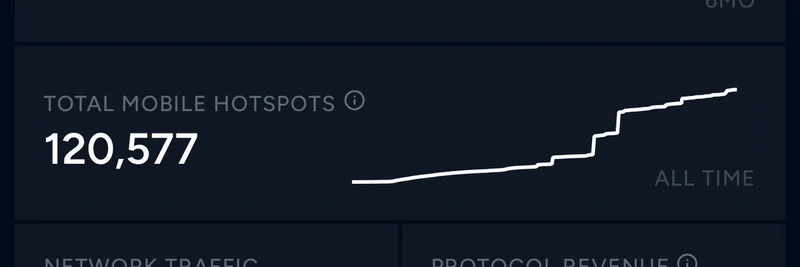Hey there, crypto enthusiasts! If you’ve been keeping an eye on the Ethereum (ETH) market, you’ve probably noticed some exciting developments lately. A recent tweet by sassal.eth/acc (@sassal0x) dropped a bombshell that’s got everyone talking. On July 10, 2025, sassal revealed that the net new ETH issuance for the day was around 2,328 ETH (worth about $6.5 million), while ETH Exchange-Traded Funds (ETFs) saw net inflows of a whopping 79,000 ETH ($211.3 million). That’s right—ETFs are buying 34 times more ETH than the network is issuing! Let’s break this down and explore what it means for the future of Ethereum.
What Does This 34x Ratio Mean?
For those new to the crypto space, ETH issuance refers to the new Ethereum tokens created daily to reward validators on the network (thanks to Ethereum’s proof-of-stake system). On the flip side, ETFs are investment vehicles that allow institutions and regular investors to gain exposure to ETH without holding the crypto directly. When ETFs suck up 34 times more ETH than is being issued, it creates a supply shock—a situation where demand outstrips supply, potentially driving prices higher.
This isn’t just a random stat. The tweet sparked a flurry of reactions, with users like limiyasan joking that “supply getting eaten alive” is an understatement, and others like lam20371804 noting that “ETFs are playing a different game.” It’s clear this imbalance is catching attention, and for good reason.
Why This Matters for Ethereum
Ethereum’s price is heavily influenced by supply and demand dynamics. Since the network transitioned to proof-of-stake with the Merge, ETH issuance has dropped significantly, and a portion of it is even burned (removed from circulation) through transaction fees. Now, with ETFs hoarding massive amounts of ETH, the available supply for regular traders and investors could shrink even further.
In a follow-up thread, sassal highlighted that over the past seven days, ETFs bought nearly 7 times more ETH than was issued (128,000 ETH vs. 18,550 ETH). Add in factors like the ETH burn, retail buying, and institutional interest, and you’ve got a recipe for what sassal calls an “explosive ETH repricing.” Some even speculate ETH could be undervalued, trading at $335 billion when it might be a $100 trillion asset in the long run—though that’s a bold prediction!
The Role of Institutional Players
The surge in ETF inflows shows that big players—think hedge funds, banks, and other institutions—are piling into ETH. This is a game-changer. Traditionally, crypto was dominated by retail investors, but institutional money brings stability and legitimacy. The Strategic ETH Reserve (SER), which tracks entities holding ETH in their treasuries, is also growing, with predictions it could hit 10 million ETH by 2026. That’s a sign of confidence in ETH as a store of value, much like gold or Bitcoin.
What’s Next for ETH?
So, what can we expect? A supply shock doesn’t guarantee a price jump—it depends on market sentiment, regulation, and global economic factors. However, the data suggests ETH could be headed for a bullish run if this trend continues. Analysts like Michael van de Poppe (mentioned in CoinCentral) have pointed to support levels around $2,480-$2,510, with a potential target of $3,000 if momentum holds.
For meme token fans and blockchain practitioners, this is a reminder of how interconnected the crypto ecosystem is. While meme coins like Dogecoin or Shiba Inu grab headlines, ETH’s infrastructure supports much of the DeFi and NFT space where these tokens thrive. Keeping an eye on ETH trends can give you an edge in understanding broader market movements.
Final Thoughts
The 34x outpacing of ETH issuance by ETFs is a fascinating development that underscores Ethereum’s growing appeal. Whether you’re a trader, a developer, or just a curious crypto enthusiast, this is a moment to watch. Head over to meme-insider.com for more updates on meme tokens and blockchain news, and let us know your thoughts in the comments—do you think ETH is headed for a breakout?


